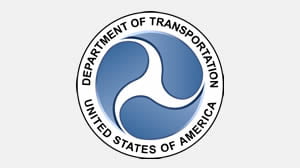RSS Feed Source: Academic Keys
Job ID: 264596
Professor and Director
University of Colorado Denver
Professor
University of Colorado Denver
Description
Position Details
University of Colorado | Denver
Faculty Level/Title: Director
Working Title: Professor and Director
FTE: Full-time
Salary Range: $100,000.00 – $130,000.00
Position #00350978- Requisition #38058
About the University of Colorado – Denver
Millions of moments start at CU Denver, a place where innovation, research, and learning meet in the heart of a global city. We’re the state’s premier public urban research university with more than 100 in-demand, top ranked bachelors, master’s, and doctoral degree programs. We partner with diverse learners-at any stage of their life and career-for transformative educational experiences. Across seven schools and colleges, our leading faculty inspires and works alongside students to solve complex challenges and produce impactful creative work. As part of the state’s largest university system, CU Denver is
Click this link to continue reading the article on the source website.



